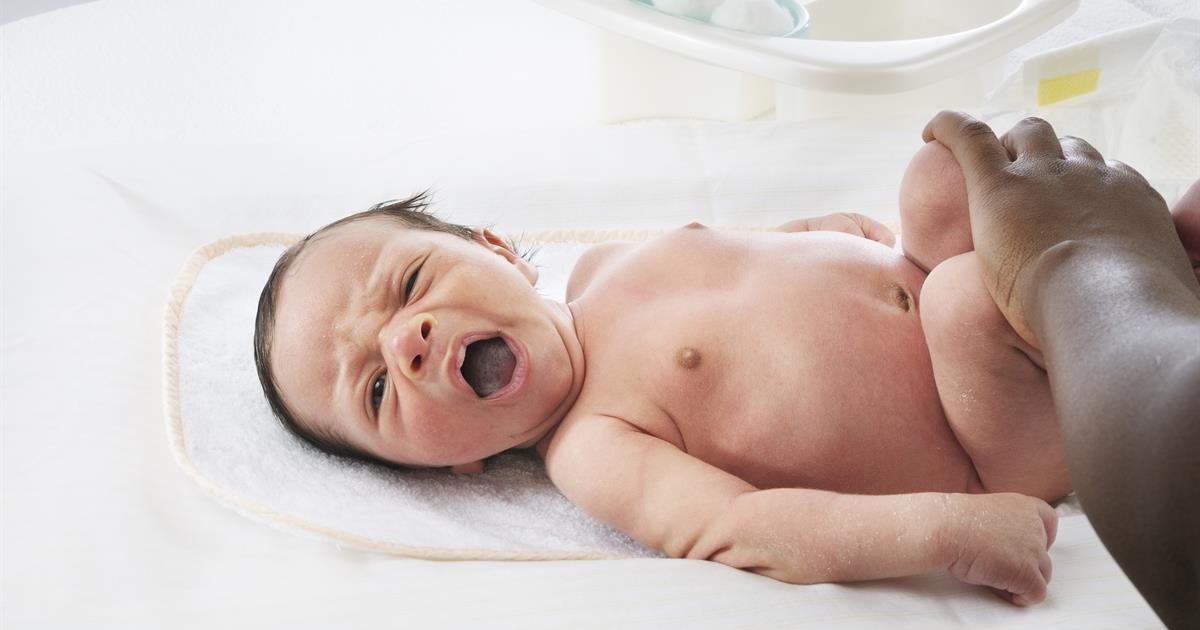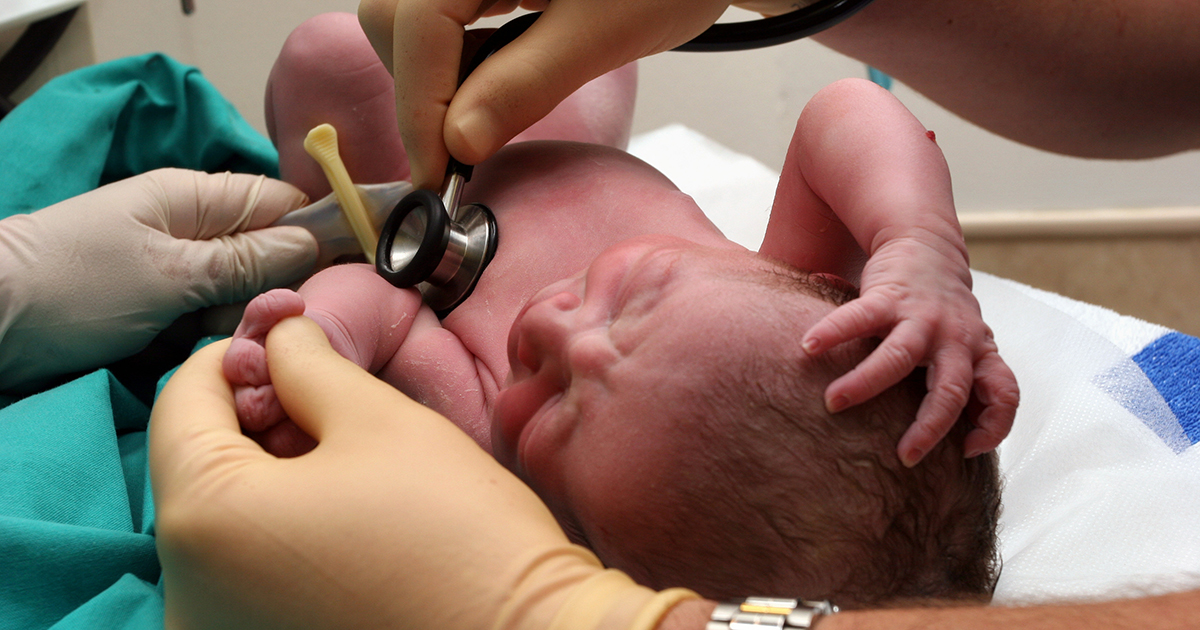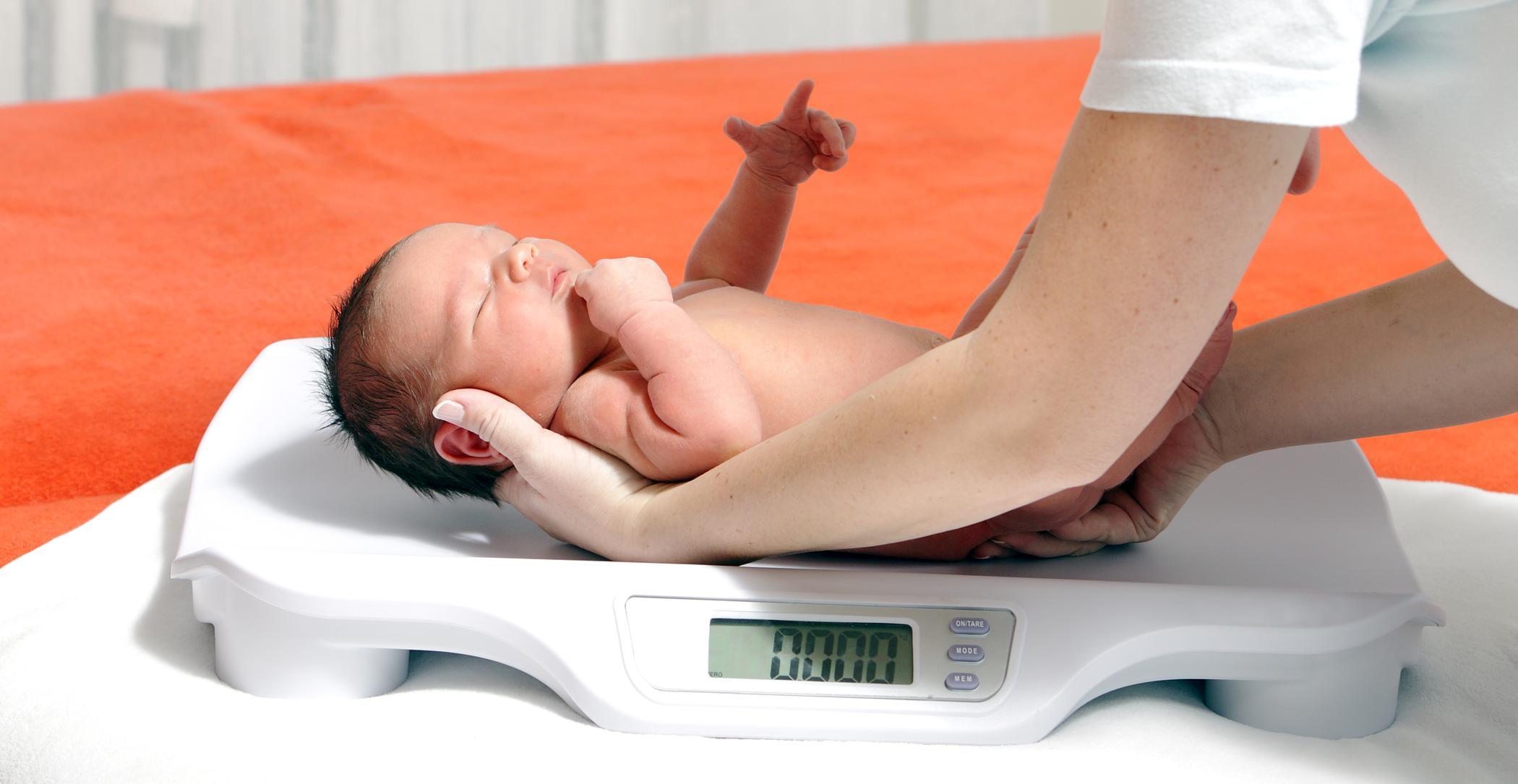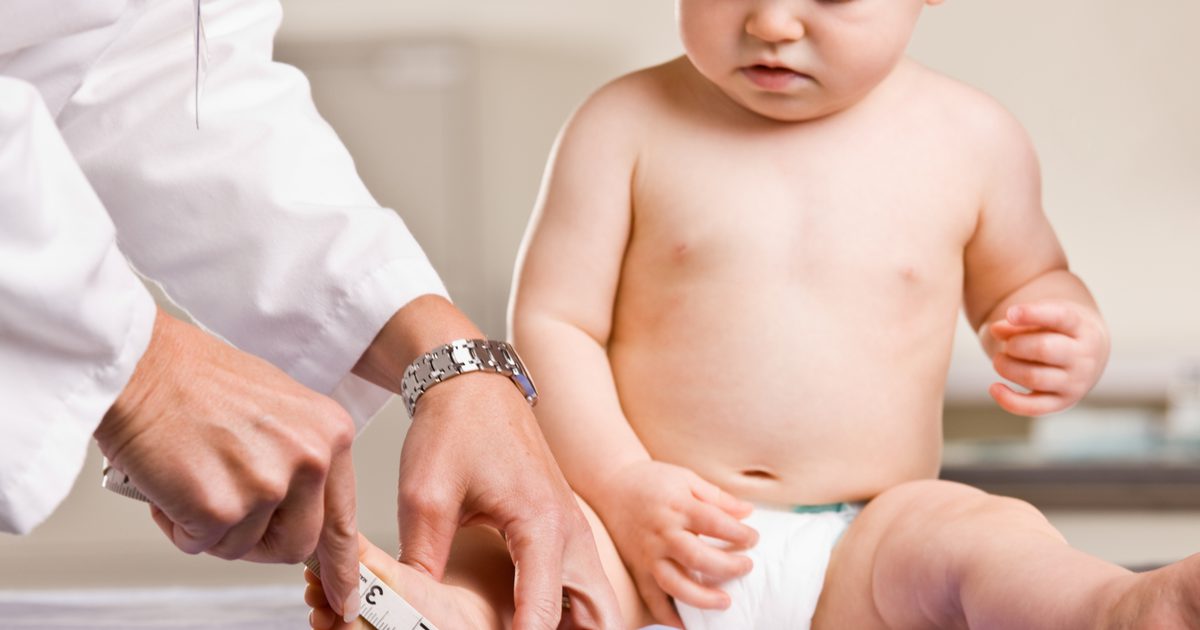Signs Of Hirschsprung Disease
Hirschsprung's disease is a type of congenital disability that involves missing nerve cells. Individuals with Hirschsprung's disease do not have nerve cells situated along the end of their bowel, and this can make it difficult for them to have proper bowel movements. Hirschsprung's disease is congenital which means it is present at birth. Therefore, most of the symptoms will appear as soon as a baby is born. The condition can be very dangerous if left untreated, so it is essential for new parents to be on the lookout for symptoms of Hirschsprung's disease. Symptoms may appear right at birth, or it may be mild enough that it is not detected until early childhood. These are the most typical warning signs of Hirschsprung's disease.
No Bowel Movement In Forty-Eight Hours After Birth

One of the most obvious signs of Hirschsprung's disease is a baby who has no bowel movement in forty-eight hours after their birth. This does not happen with every individual who has Hirschsprung's disease, but it is quite common. Doctors and nurses frequently monitor infant bowel movements in the hospital because they are keeping an eye out for this symptom. In general, an infant's first bowel movement is a sign everything is working well in their gastrointestinal system. Healthy infants tend to have bowel movements fairly soon after birth. However, since Hirschsprung's disease makes it difficult for the colon to move, many infants who have the condition will end up unable to have a bowel movement. They will eat normally, but instead of having a bowel movement, their stomach will look swollen and be sensitive to the touch.
Vomiting

Along with no bowel movement in the forty-eight hours after birth, vomiting is the other symptom that is often present right after birth. Healthy infants will ingest milk and pass it through their intestinal system, but Hirschsprung's disease causes this process to begin moving backward. In many cases, an infant will begin to vomit because their intestines and stomach are already full. Adding more food to the stomach will just cause it to flow back outwards. The substance may look black, brown, or green. It is generally quite liquid since it typically occurs at an earlier stage when infants are still just eating milk. However, it is possible for individuals who do not exhibit signs of Hirschsprung's disease until later in life to have problems with frequent vomiting too.
Abdominal Pain

Since Hirschsprung's disease can essentially cause chronic constipation, it is no surprise it results in a lot of abdominal discomfort. The stomach may look swollen and be tender to the touch, or a patient with Hirschsprung's disease may experience unpleasant cramping and twinges. However, this symptom can be surprisingly hard to catch since signs of Hirschsprung's disease start showing up so early. New parents may not be able to tell if an infant is crying because they are sleepy, distressed, hungry, or in pain. Since the infant cannot tell you they are in pain, be on the lookout for crying that starts when the stomach is touched, intense grimaces during crying, and a tense, stiff posture. Abdominal pain can also happen after children are old enough to tell you about it. A child with mild Hirschsprung's disease may frequently complain about their stomach hurting.
Failure To Thrive

In some cases, Hirschsprung's disease is not evident right away. However, as an infant grows older, more symptoms of Hirschsprung's disease may become evident. One of the symptoms that only appears a few months into a child's life is a failure to thrive. It is normal for infants to lose a little weight right after birth when they are getting used to breastfeeding or drinking milk instead of receiving nutrition through an umbilical cord. However, a child with Hirschsprung's disease may continue to lose weight even a few weeks after birth. Those who gain weight tend to do so at a slower pace than healthy children, which can eventually result in failure to thrive, a condition where a child does not have an appropriate amount of weight gain. They may look tiny, have visible bones, or have sunken eyes. This type of symptom occurs because Hirschsprung's disease makes it difficult to properly digest food. Children who have the condition might not be able to absorb the calories and nutrients they need to fuel themselves.
Slow Growth

It is fairly rare for a child to live for several years without a diagnosis of Hirschsprung's disease. In conditions where the patient is a toddler or young child before signs of Hirschsprung's disease become apparent, they tend to experience slow growth. Slow growth is characterized by a lack of growth of the bones. Healthy children have rapidly expanding bones that result in increasing head size and height. Unfortunately, the Hirschsprung's disease can cause very subtle forms of malnutrition. Many children struggle to absorb nutrients properly, and some may not eat as vigorously as the average child because they feel discomfort when they are consuming liquids and foods. Even though a child may appear decently healthy, they will typically be in the lower percentiles for children of their age. They might look younger than other children or be much shorter and slimmer than their peers.
